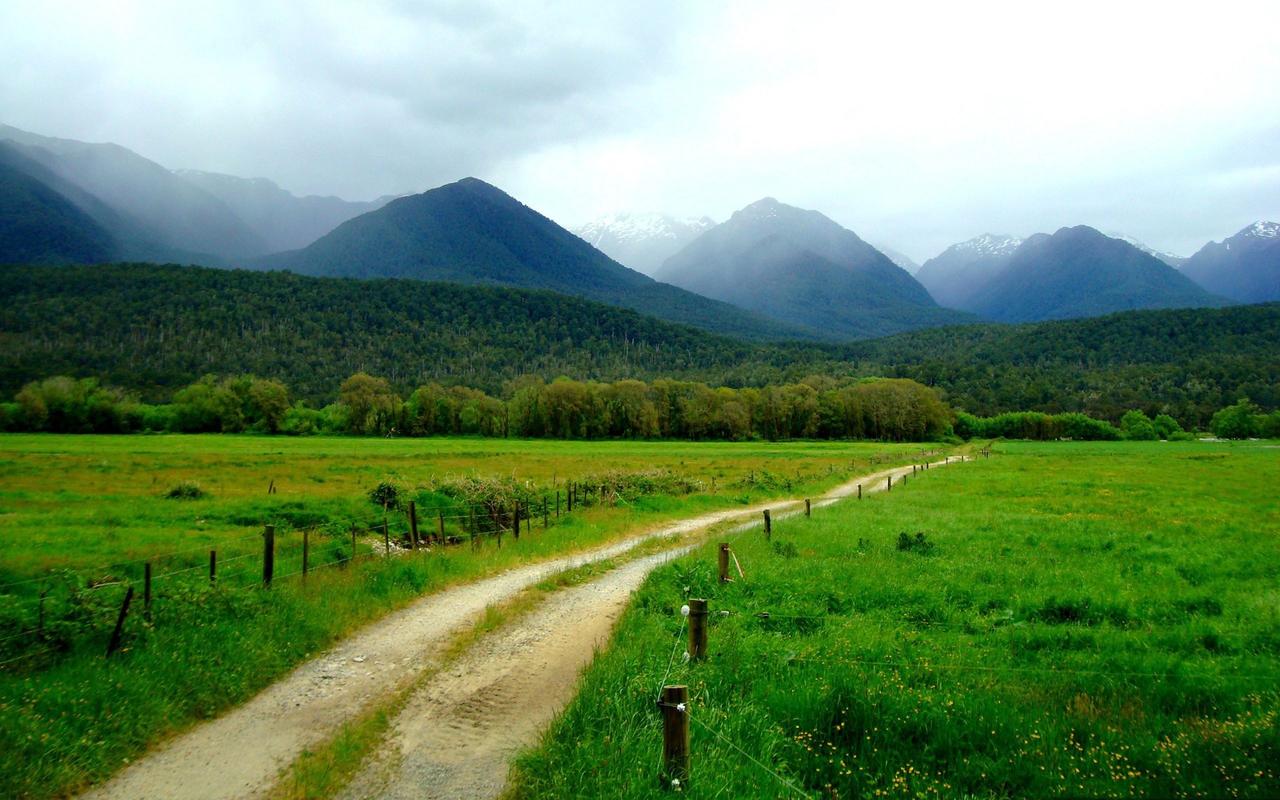Mexico is a land of rich cultural heritage, famous for its vibrant colors, delicious food, and impressive archaeological sites. It is blessed with a rich history, traditions, and customs that reflect its multicultural background. From the Mayan ruins of Chichen Itza to the imposing Templo Mayor, Mexico’s cultural heritage is diverse and captivating. In this article, we will explore Mexico’s rich cultural heritage through its stunning examples.
Archaeological Sites
Mexico is home to some of the world’s most impressive archaeological sites, home to ancient civilizations such as the Mayans, Aztecs, and Olmecs. The Mayan city of Chichen Itza is one of Mexico’s most famous archaeological sites, boasting the massive El Castillo pyramid. This remarkable structure draws massive crowds who come to witness the impressive light show that illuminates the pyramid during the spring and autumn equinoxes.
Another impressive site is the Templo Mayor in Mexico City. This temple was the center of the Aztec capital, Tenochtitlan, and played an important role in Aztec religion and governance. The temple’s ruins were discovered in the 1970s, and since then, many artifacts have been recovered from the site, providing insight into the ancient civilization’s life and history.
Cuisine
Mexican cuisine is as colorful and vibrant as its culture. Its bold flavors and textures have become increasingly popular worldwide, with Mexican dishes such as tacos, guacamole, and salsa gaining popularity in many countries. Mexico’s culinary heritage is diverse, with each region boasting its own flavor and character.
Dishes such as mole, which originated in the south of Mexico, are flavorful and complex, with ingredients such as chiles, nuts, and dried fruits blended together to create the traditional sauce. Tacos, on the other hand, are a popular street food and are served with a variety of fillings ranging from meat, seafood, and vegetables.
Mexican Festivals
Mexico’s festivals and celebrations are a reflection of its cultural diversity and history. One of the most important celebrations is the Day of the Dead, which takes place on the first and second of November every year. This holiday is a time for Mexicans to remember, honor, and celebrate their loved ones who have passed away. The holiday is marked by colorful altars, decorated with flowers and adorned with offerings to the deceased.
The Guelaguetza is another important festival that takes place in the southern state of Oaxaca. The festival is a celebration of the state’s indigenous cultures and traditions and is marked by colorful parades, music, and dance performances. The festival is a testament to Mexico’s rich cultural diversity and the importance of preserving its traditions and heritage.
Conclusion
In conclusion, Mexico’s rich cultural heritage is a reflection of its multicultural background and history. Its impressive archaeological sites, colorful cuisine, and vibrant festivals are a testament to its diverse traditions and customs. Exploring Mexico’s cultural heritage is a journey through time, a glimpse into the past and present of a country that has so much to offer. Whether you’re admiring the stunning ruins of Chichen Itza, trying the savory flavors of mole, or dancing to the beat of a vibrant festival, Mexico’s cultural heritage is a treasure waiting to be discovered.
(Note: Do you have knowledge or insights to share? Unlock new opportunities and expand your reach by joining our authors team. Click Registration to join us and share your expertise with our readers.)
Speech tips:
Please note that any statements involving politics will not be approved.
